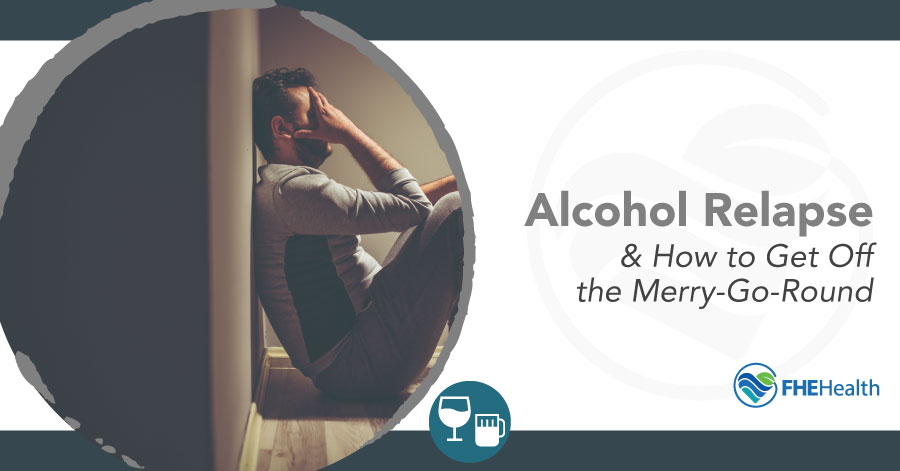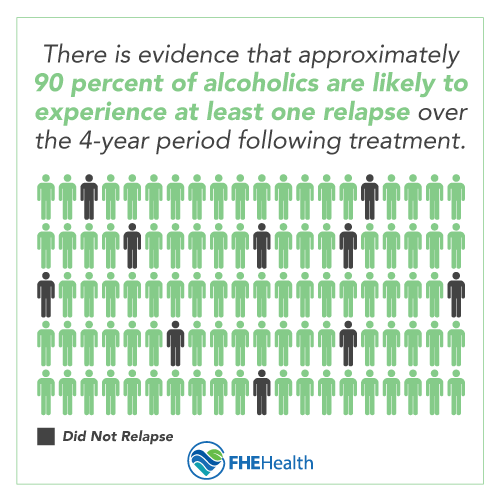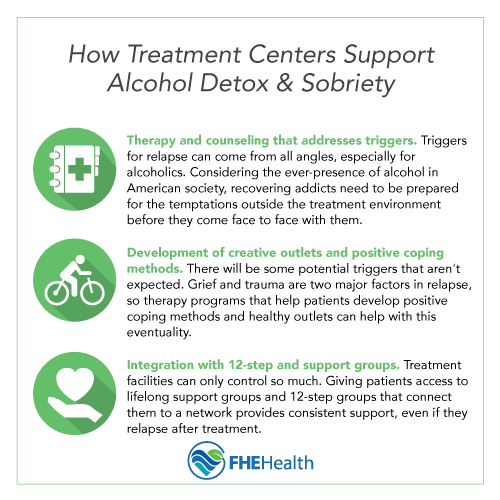
According to the National Institute on Alcohol Abuse and Alcoholism (NIAAA), over 15 million American adults have an alcohol use disorder (AUD) at any given time, marked by frequent drinking with the inability to control the amount consumed or stop easily. When a person receives treatment for addiction to any substance, relapse is common, but alcohol relapse rates are thought to be much higher than in other substance use disorders.
Alcoholics, more than addicts to other substances, often try to get sober without professional treatment from a dedicated facility, whether inpatient or outpatient. Here’s a look at why alcohol relapse is so common and how treatment facilities can work to help alcoholics achieve long-lasting sobriety.
Alcohol Relapse Rates
 To understand the numbers pertaining to alcohol relapse, we first have to look at relapse rates for substance use disorders (SUDs) as a whole. According to the National Institute on Drug Abuse (NIDA), an addict who gets clean through any means will relapse at about a 40 to 60 percent rate. Of course, not all detox and treatment are created equal, but these numbers are consistent with other common chronic diseases.
To understand the numbers pertaining to alcohol relapse, we first have to look at relapse rates for substance use disorders (SUDs) as a whole. According to the National Institute on Drug Abuse (NIDA), an addict who gets clean through any means will relapse at about a 40 to 60 percent rate. Of course, not all detox and treatment are created equal, but these numbers are consistent with other common chronic diseases.
When taken alone, however, relapse rates are thought to be considerably higher than in SUDs as a whole. According to the NIAAA, 90 percent of those who detox from an alcohol use disorder will relapse at least once within four years.
The numbers on alcohol relapse are not all so discouraging: the numbers consistently showed that the more time that passed without a relapse, the better the odds were that a given person would experience permanent recovery.
 The addiction treatment community as a whole will benefit from the understanding that no matter the quality of care that a given facility can offer patients struggling with alcohol use disorders, relapse is inevitable.
The addiction treatment community as a whole will benefit from the understanding that no matter the quality of care that a given facility can offer patients struggling with alcohol use disorders, relapse is inevitable.





